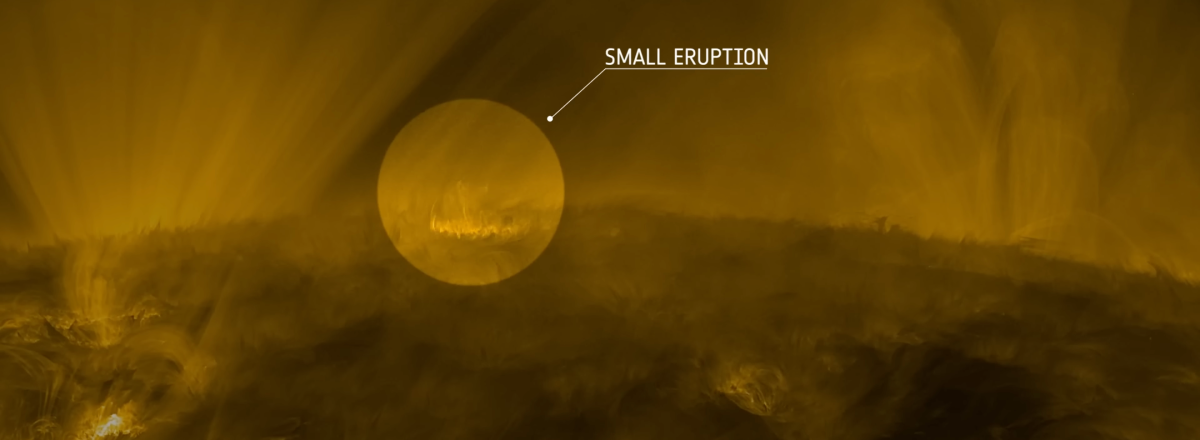Solar Orbiter Captures the Sun’s Vibrant Atmosphere in Unprecedented Detail
Captured using the Extreme Ultraviolet Imager (EUI) on September 27, 2023, the footage showcases a variety of solar phenomena, including coronal 'moss', towering spicules, and mesmerizing plasma eruptions.

The European Space Agency's Solar Orbiter has provided a breathtaking close-up view of the Sun’s dynamic atmosphere, revealing features that bridge the quiet lower atmosphere and the raging outer corona.
Captured using the Extreme Ultraviolet Imager (EUI) on September 27, 2023, the footage showcases a variety of solar phenomena, including coronal 'moss', towering spicules, and mesmerizing plasma eruptions.
Positioned about 50 million kilometers away from the Sun—roughly a third of the distance between the Earth and the Sun—the Solar Orbiter recorded these images as it prepared for an even closer approach scheduled for early October. The timing coincided with NASA’s Parker Solar Probe skimming just 7.26 million kilometers from the Sun, allowing for an unprecedented collaborative observation of solar activities.
In the detailed video, the brightest regions of the Sun exhibit temperatures soaring to about a million degrees Celsius. These hot zones contrast starkly with cooler, darker areas that absorb more radiation. The footage also highlights unique structures: delicate, lace-like patterns known as coronal 'moss' are visible at the base of massive coronal loops, and spicules—giant columns of gas following the Sun's magnetic field lines—tower up to 10,000 kilometers high.
One of the standout moments in the clip occurs around the 22-second mark, where a "fluffy" wave of plasma is seen erupting and then cascading back down towards the Sun. This eruption, although appearing minuscule, is actually larger than Earth. Shortly after, at the 30-second mark, dark structures signify 'coronal rain', where cooler plasma (around 10,000 degrees Celsius) descends towards the Sun’s surface, driven by gravity.

